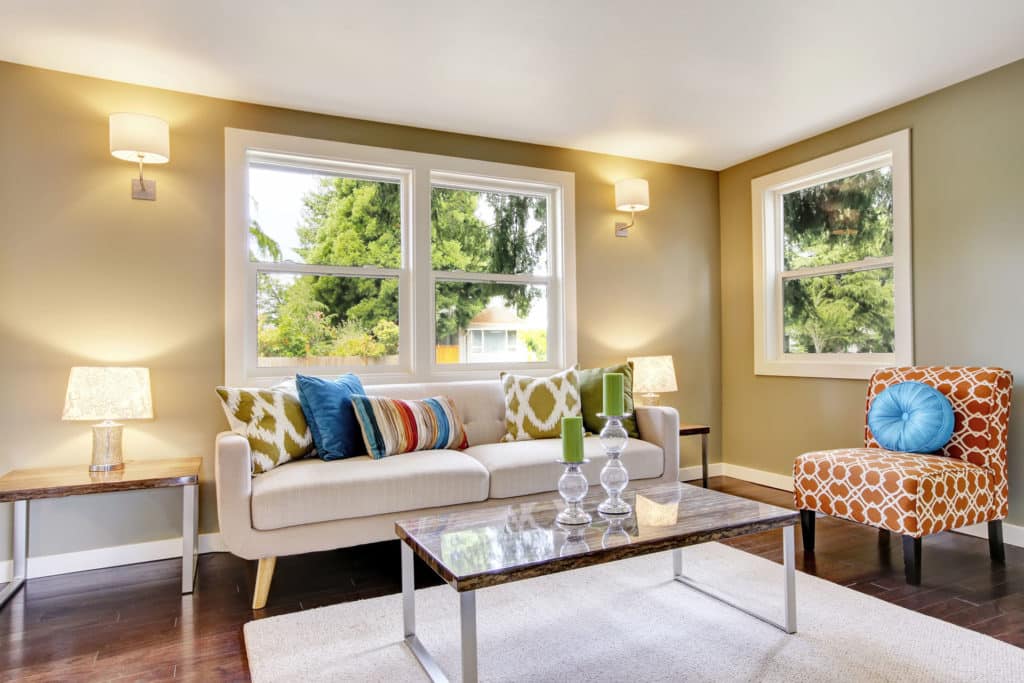When you decide to add siding to your home, you start by big ideas in your head, but in time, those big ideas start to shrink when you see the reality. This is especially true when you are presented with the choice to pick a fiber-cement board such as James Hardie fiber cement siding or vinyl siding.
There’s a good amount of difference between the two and each offers unique benefits and disadvantages. But except the cost, Hardie Plan is a clear winner in terms of quality, beauty, and durability as opposed to vinyl siding. But is the cost of the fiber cement board justified? Let’s have a thorough look at each of these siding so you can finally decide which one to pick.
James Hardie Fiber Cement Vs. Vinyl Siding – The Differences
- Both of these sidings have unique advantages and disadvantages. In the section below, we will look at the features of both and compare them equally as we go.
The Difference in Thickness
- HardiePlant is significantly thicker than the typical vinyl sidings. Fiber cement siding on an average is 5/16-inch or over ¼-inch thicker than vinyl. To give you a clear picture, vinyl siding is between 0.040 and .046 inches thick which makes it about 2 ½ times thinner than fiber cement siding.
If you’ve ever dealt with siding before, you may already know that thickness doesn’t really matter except in the case of texture. Vinyl siding can easily be supplemented with foam sheathing at its behind to provide the lack of thickness.
- So, when you install both, you won’t even be able to notice the difference in the thickness. However, in terms of durability, thickness matters a lot, and foam behind the siding can’t really protect the siding as much as the true thickness of the siding does.
In a nutshell, if durability is your concern, go for James Hardie fiber cement siding. For the best installation experience, talk to United Windows & Siding in Denver and Colorado Springs.
<
The Difference in Texture
- Because James Hardie is thicker than vinyl siding, it allows for deeper texturing. It means that you can go for deep embossing which will make the siding look a lot like real wood. The same cannot be said for vinyl material.
The vinyl siding is too thing to allow you to experiment with different textures. So it will not give you the look of real wood no matter how hard you try.
The Difference in Combustibility
- Now, this is a very important decision factor. If you’re living in a hot area, you probably would want to pick James Hardie over Vinyl because vinyl siding is easily affected by the fire and extreme heat.
Since fiber cement siding is made with cement and wood materials, it can withstand heat and fire far better than vinyl. In short, James Hardie is non-explosive and flammable.
- On the contrary, if you still intend to go with vinyl siding, there is a bit of good news. Vinyl is often treated with a fire retardant. This doesn’t make it any better than fiber cement but it still gives it a boost. But this isn’t enough to protect it from fire hazards.
Cost – The Major Deciding Factor
- In the end, it all comes down to cost of the siding. In terms of cost, vinyl siding is the clear winner because it is quite affordable and readily available. However, given the low durability, it requires replacement once in a while.
As for fiber cement, it does have a maintenance cycle that must be taken into account, But the good news is that James Hardie is highly durable and comes with a warranty of 30-years.
If you’re still struggling to pick the right material, give us a call today on 720-535-4767 for more details.


